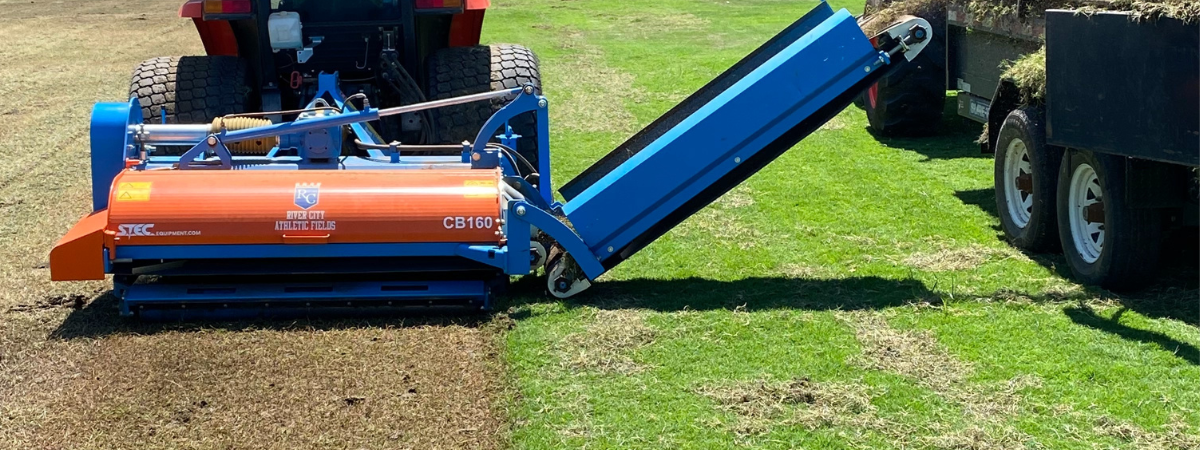Topdressing is an activity that is commonplace in maintaining turf. Let’s discuss a few questions that frequently come up when considering this common practice.
What materials are commonly used?
Most of the time, sand is the material of choice. There are situations where soil or peat moss can be used, but the goals of using those materials are different than sand. The end goal of using sand is mostly to improve soil structure, drainage, and even the playing surface. When using peat moss and soil, the goal is to increase nutrient holding capabilities, among other things.
When should topdressing occur?
Ideally, the turf needs to be actively growing to have the best results. When the turf is actively growing, the plant is standing upright, which allows the sand to filter down through the canopy and settle around the crown. Also, topdressing is commonly done post-aeration. In this case, the sand will filter into the aeration holes and help improve soil structure and drainage. For both situations, it helps to use a metal screen drag over the topdressed area to help knock the sand down through the canopy.
How much sand should be used?
To answer this question, the turf manager must consider the reason for topdressing. If the goal is to gradually change the soil structure over time and improve drainage, then usually around 1/8” works best. Generally speaking, 23 to 25 tons (one truckload) of sand spread evenly over a two-acre field provides a thin layer of sand. Alternatively, sand can be used to smooth out a field. When doing this, 120 to 125 tons (five truckloads) of sand can be spread and then graded over the field. This will effectively smooth out the surface, and the turf will grow through the layer of sand. Once the grow-in period is over (usually a few weeks), the field will be much smoother. The grader box drops sand in the low spots and then pulls sand off the high spots.
What type of sand should be used?
There are many different types of sand that exist in different areas of the world. Some have higher levels of nutrients than others. However, the most common characteristic that works for topdressing is a medium particle size. The medium particle size works best to improve soil structure for drainage. Fine particle size can lead to layering issues in the soil, while a large particle size can tend to stay on the soil surface. Another important thing to note about sand type is to make sure the sand is screened. The last thing a turf manager wants to do is add any rocks to the field when topdressing.
Is it necessary to topdress?
In reality, the answer to this question is no. It is not necessary to topdress athletic fields. Does it help with turf growth and field playability? Yes. But it is not imperative that a field be topdressed every year. Topdressing is one of the most expensive and labor-intensive practices that can be done on a field. With today’s shipping costs, a load of sand can be quite taxing on budgets. Then once the sand is on site, large machinery is needed to apply the sand quickly and efficiently. That said, the field can be grown successfully without making yearly topdressing applications.
In today’s world, the demand for safe, aesthetically pleasing turf is higher than ever. Additionally, field use in organized sports is also extremely high. We, as turf managers, must produce a field that can meet these demands. The field must be able to recover from the high use while also draining at a high rate to minimize rainouts. There is no doubt that turf and soil structure responds positively to sand. Hopefully, the above factors can help in your next application.












